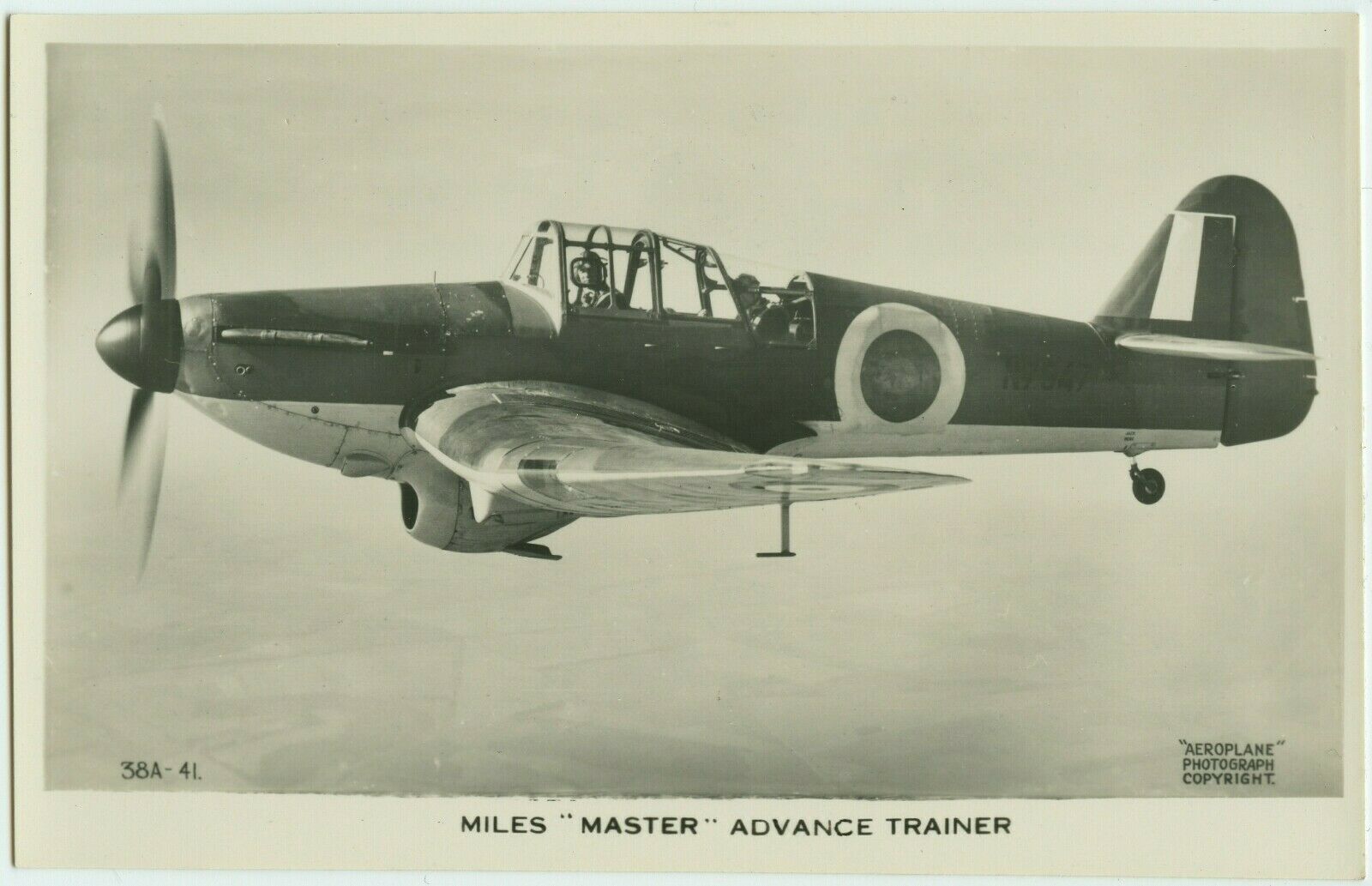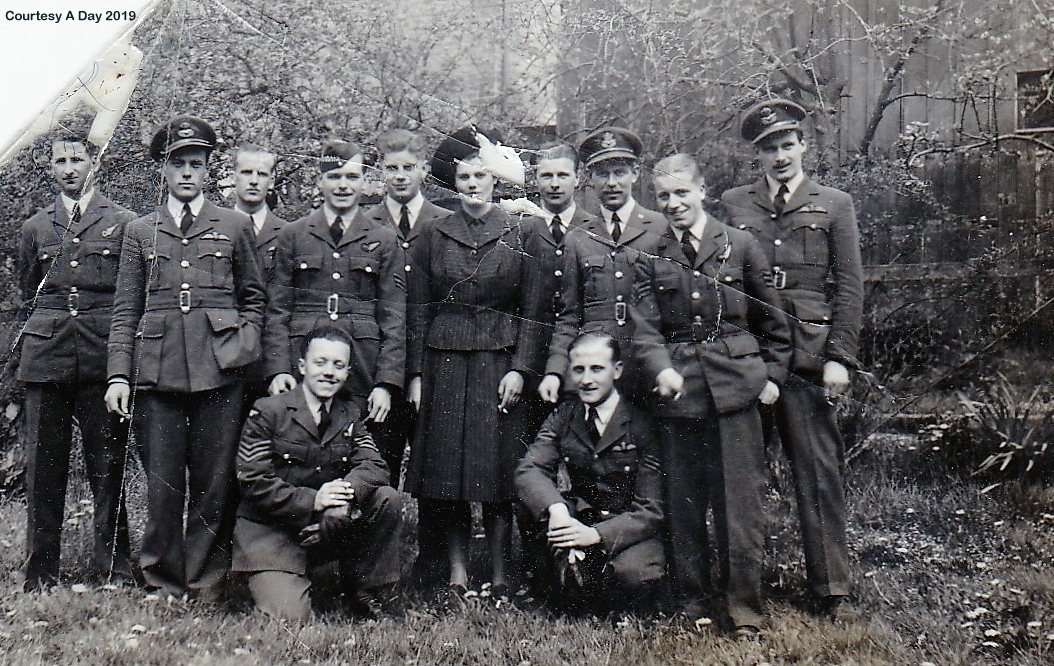Miles Master I, Co. Louth, December 1940
The December 21st, 1940 would see an influx of Royal Air Force
personnel for internment in the Allied Internment Compound at
the Curragh Camp. Three came from a Blenheim
bomber that was abandoned over County Donegal.
The other two would come from a two seat Royal Air Force Miles
Master trainer that was damaged in an emergency landing and
subsequent attempted take off.
A 30th of December 1940 report by an Irish Air Corps Engineering
officer, Lt Teague, described how the aircraft was found after
the event. It was lying on it's back 150 yards from the
road with the propeller blades broken off, the tail rudder and
left wing tip damaged. As the aircraft was resting
overturned the fuselage forward of the windshield was also
damaged. Marks in the field indicated that the pilot had
attempted to take off after landing.
The aircraft was dismantled on site and trucked out to Dundalk
Barracks where it was further dismantled. The parts were
removed to Baldonnel between the 23rd and 27th December.
Newspapers in Ireland would carry the following notice from the
Government Information Bureau: "This
evening, at, Dungooley, north of Dundalk, a British training
'plane made a forced landing. One of the two officers
was slightly injured and has been taken to Dundalk
hospital. The second officer has been interned".
The aircraft proved to be one of the early RAF Advanced trainer
types, the Miles Master I, powered by the Rolls Royce Kestral
engine. The type is shown in the photo below from a prewar
Aeroplane magazine article.

The two RAF members on board were the pilot, a Battle of Britain
combat veteran and a passenger, an engineering officer from the
unit to which the aircraft belonged.
Air81 F765 states:
The pilot had been authorised to carry
out a flight from JURBY to RINGWAY on 21/12/40. He
duly arrived at RINGWAY and left again at 15-03 hours on the
same day, on his return to Jurby, but according to reports
received he crashed in Eire.
Remarks by the unit
commander at the end of the report conclude:
I do not understand how the pilot could have missed the Isle of Man on his return flight from RINGWAY. The weather was good and he shoudl have been able to see the island quite distinctly from 4,000 feet in the vicinity of St. Bee's Head.
The pilot was Pilot Officer Aubrey Richard COVINGTON, the son
of George J and Elsie M Covington, from London. P/O
Covington had served during the battle of Britain hence his
wartime service is recorded in detail on the website of the The Battle of Britain London Monument.
On the 3rd of April 1943 he was married to a local woman,
Honora Brigid McMahon in the Ballysar Church. Witnesses
for Aubrey were fellow internees Bruce Girdlestone and Herbert W
Ricketts.
It is not known when the image
below was taken exactly, but it includes both Sgt Hobbs and F/Lt
Proctor so is possibly around the time of Sydney Hobbs wedding,
the younger lady in the photo was the wife of internee Leslie
John Ward. This small and battered photo shows the
following Royal Air Force internees:
Standing, Left to Right: Herbert Wain
RICKETTS, Denys WELPLY, David SUTHERLAND, Douglas Victor
NEWPORT, Leslie John WARD, Robert George HARKELL, William
Allan PROCTOR, George Victor JEFFERSON and Aubrey
Richard COVINGTON.
Kneeling, Left to Right: Norman Vyner TODD, Sydney John
HOBBS.

A very similar photo taken on the same day appeared in the
book, Tintawn and Binder Twine, published in 2019 by John
Rigby-Jones. It had been provided to him by the sons of
William Proctor.

William Allan Proctor was a prewar member of the STRATHTAY AERO
CLUB in Scotland.
Compiled by Dennis Burke, 2024.
